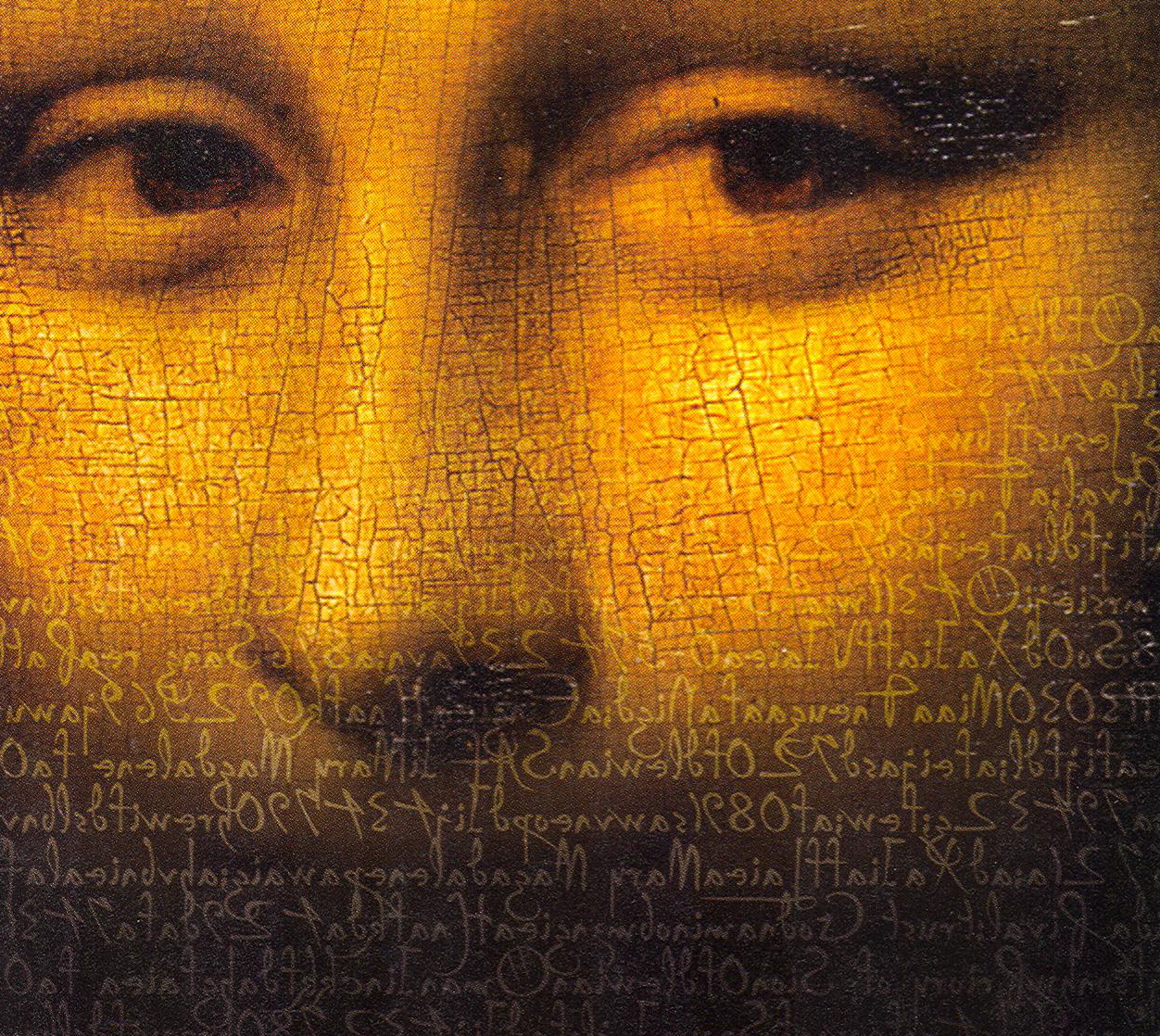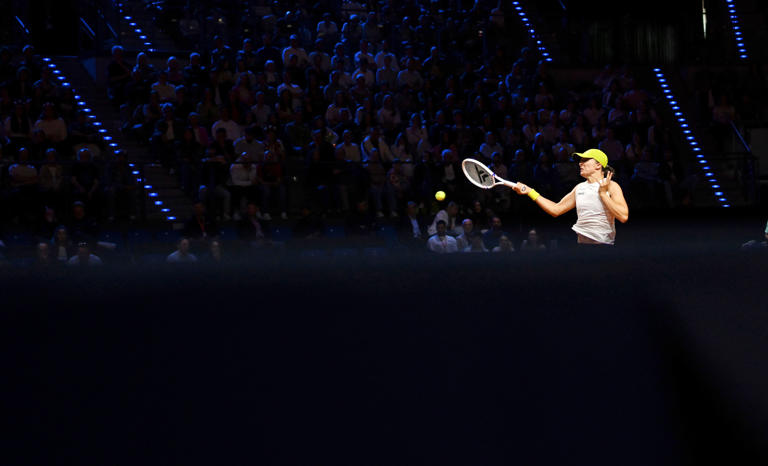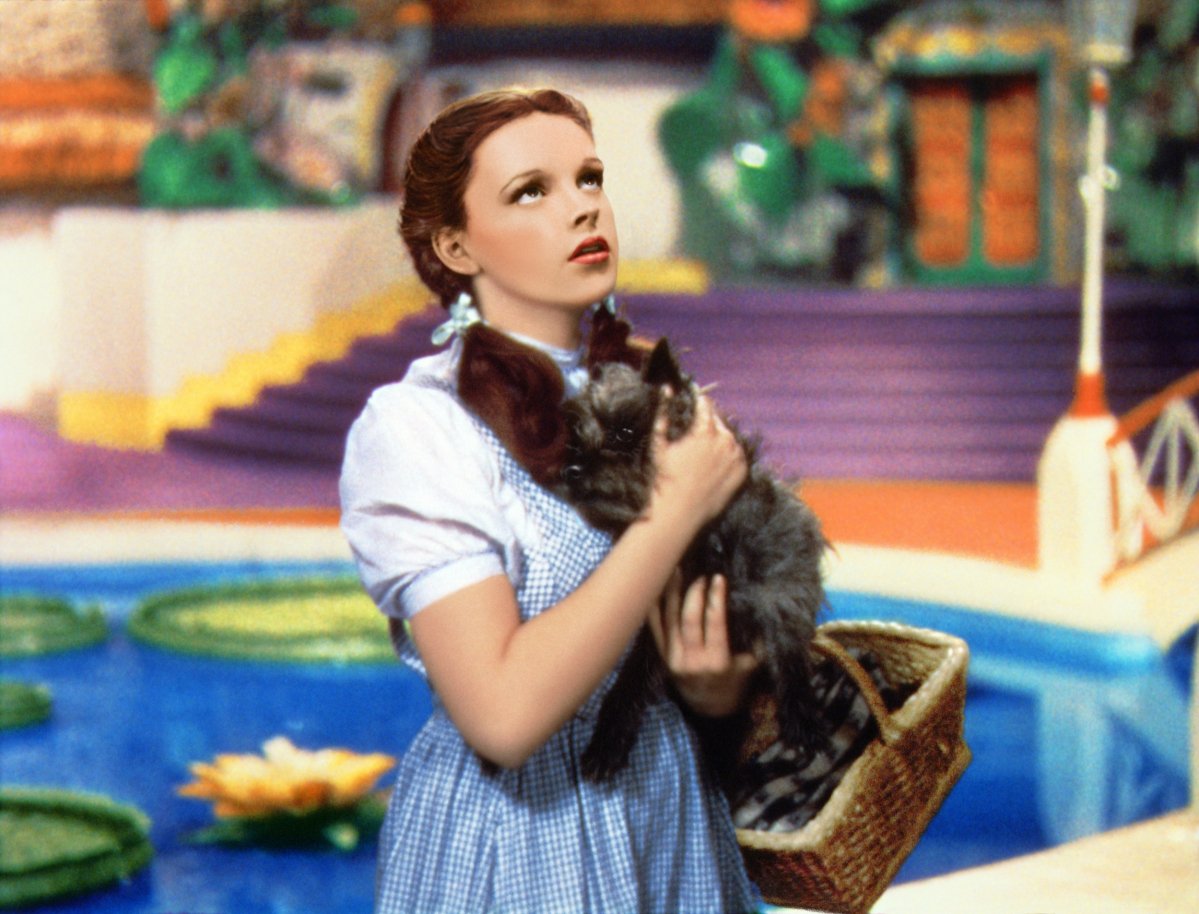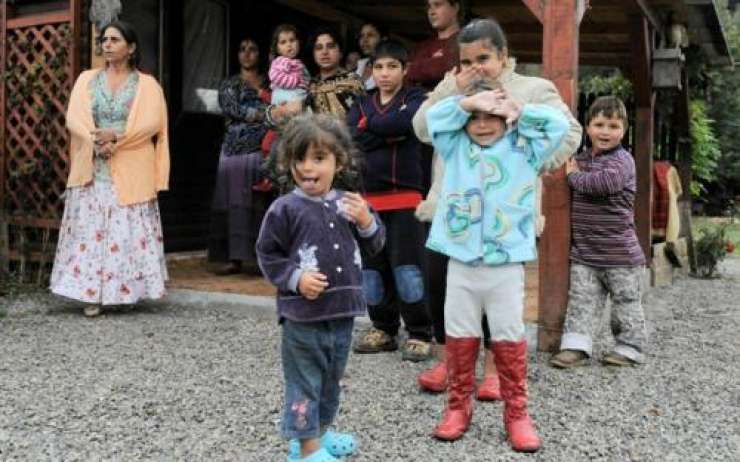Exploring Dan Brown's The Da Vinci Code: Symbols, History, And Controversy

Table of Contents
Decoding the Symbols of The Da Vinci Code
The Da Vinci Code is rich with symbolism, layering meaning upon meaning to create a complex and engaging narrative. Understanding these symbols is crucial to appreciating the novel's central themes.
The Significance of the Holy Grail
The Holy Grail, a central symbol in The Da Vinci Code, transcends its typical religious connotation. Throughout history, interpretations of the Grail have varied wildly:
- Religious Interpretation: Often viewed as the cup used by Jesus at the Last Supper, or the vessel that caught his blood during the crucifixion.
- Alternative Interpretation: The Da Vinci Code presents a compelling alternative, suggesting the Grail is not a physical object but a metaphor for Mary Magdalene, the supposed wife of Jesus and the ancestor of a bloodline that secretly preserved knowledge of Christ's true nature.
In Brown's narrative, the Grail's symbolism is intertwined with the rose, a recurring motif representing Mary Magdalene and her enduring legacy. The rose’s symbolism – beauty, love, secrecy – aligns perfectly with the book's portrayal of the hidden bloodline. Understanding the evolving symbolism of the Holy Grail, Mary Magdalene, and the Da Vinci Code symbols within this context is critical to comprehending the novel's core message.
Unveiling the Secrets of the Priory of Sion
The Priory of Sion, a fictionalized organization in The Da Vinci Code, plays a pivotal role in safeguarding the secrets surrounding Jesus and Mary Magdalene. While the novel portrays the Priory as a powerful secret society with a long history connected to influential figures, its actual historical existence is shrouded in mystery and largely unsubstantiated.
- Fictional Portrayal: Brown depicts the Priory as protectors of the truth, a secret society dedicated to maintaining the sanctity of the bloodline descended from Jesus and Mary Magdalene.
- Historical Reality: The historical Priory of Sion, if it even existed in a meaningful capacity, had far less significant connections than the novel suggests. This contrast between fiction and reality is part of the book's inherent controversy. The Priory of Sion, Da Vinci Code secrets, and the concept of secret societies are integral to the book's plot and its larger themes.
Interpreting the Iconography of Leonardo da Vinci
Leonardo da Vinci's art serves as a crucial element in The Da Vinci Code, providing visual clues to the novel's central mystery. Brown masterfully incorporates several of da Vinci's most iconic paintings:
- The Last Supper: Brown argues the painting contains hidden symbols representing the relationship between Jesus and Mary Magdalene. He suggests their positioning and the symbolism within the artwork supports his interpretation of the historical narrative.
- Other Paintings: While The Last Supper is the most prominent example, Brown likely used other works by da Vinci (though not explicitly named) to create the novel’s visual language.
Analyzing the Da Vinci Code art, particularly Leonardo da Vinci's works like The Last Supper, allows us to understand the sophisticated layering of symbolism within the novel and the author's attempt to connect visual representations with his narrative.
Historical Accuracy and Artistic License in The Da Vinci Code
The Da Vinci Code masterfully blends historical fact and fiction, leading to considerable debate regarding its historical accuracy.
Fact vs. Fiction: Separating Truth from Speculation
The novel raises several controversial historical claims, prompting intense scrutiny:
- Accurate Claims: Some historical details presented are verifiable, contributing to the book's air of authenticity.
- Inaccurate Claims: Many of the claims are historically inaccurate, stretching the boundaries of fact to support the narrative. This intentional blurring of lines between truth and fiction is a source of controversy. Thorough fact checking is essential for anyone evaluating the novel’s Da Vinci Code accuracy.
It's crucial to distinguish between substantiated historical information and the imaginative liberties taken by Brown to drive the plot.
The Impact of Historical Interpretation
The Da Vinci Code's impact extends far beyond its literary merit; it has significantly influenced public perception of historical events and figures:
- Public Debate: The book spurred widespread debate concerning historical interpretations, reigniting discussions on Jesus' life and Mary Magdalene's role in Christianity.
- Alternative Perspectives: The novel highlights the multiplicity of perspectives and the subjectivity of historical interpretation, making readers question accepted narratives.
Understanding the impact of The Da Vinci Code on public perception requires critical analysis of the historical historical debate surrounding the book's claims.
The Controversies Surrounding The Da Vinci Code
The Da Vinci Code's provocative nature resulted in significant controversies across religious and cultural spheres.
Religious and Cultural Backlash
The novel's assertions triggered intense criticism from religious groups and cultural institutions worldwide:
- Religious Criticism: Many religious groups viewed the book as blasphemous, challenging fundamental tenets of Christian faith.
- Cultural Responses: The controversy also sparked cultural debates on freedom of speech and the limits of artistic expression.
The Da Vinci Code controversy highlights the sensitive nature of religious narratives and the ensuing public reaction to reinterpretations of established dogma.
The Legal Battles and Copyright Issues
The novel's success and its subsequent adaptations led to several legal battles:
- Copyright Disputes: Allegations of plagiarism and copyright infringement were leveled against Brown.
- Legal Outcomes: Some legal battles resulted in settlements while others were dismissed. The specific cases and their outcomes further fuel the Da Vinci Code lawsuits and related discussions.
A Final Look at Dan Brown's The Da Vinci Code
The Da Vinci Code remains a captivating work of fiction, skillfully intertwining historical interpretations with fictional narratives. Its exploration of the Holy Grail, the Priory of Sion, and the iconography of Leonardo da Vinci generated considerable debate. The book's impact on public perception and the ensuing Da Vinci Code controversy showcase its lasting influence on popular culture and its contribution to the ongoing discourse about history and faith. Uncover the enduring mysteries of The Da Vinci Code and continue the conversation about its impact on our understanding of history and faith.

Featured Posts
-
 Byds Global Ev Strategy Growth In Brazil As Ford Withdraws
May 13, 2025
Byds Global Ev Strategy Growth In Brazil As Ford Withdraws
May 13, 2025 -
 Culinary Connections India And Myanmars Food Festival
May 13, 2025
Culinary Connections India And Myanmars Food Festival
May 13, 2025 -
 Stuttgart Open Ostapenko Beats Swiatek For Second Time Reaches Semifinals
May 13, 2025
Stuttgart Open Ostapenko Beats Swiatek For Second Time Reaches Semifinals
May 13, 2025 -
 5 1 Filmes Par Akik Utaltak Egymast A Forgatason A Kepernyon Megis Toekeletesek Voltak
May 13, 2025
5 1 Filmes Par Akik Utaltak Egymast A Forgatason A Kepernyon Megis Toekeletesek Voltak
May 13, 2025 -
 Javna Obravnava Predlog Novele Zakona O Romski Skupnosti In Njegove Posledice
May 13, 2025
Javna Obravnava Predlog Novele Zakona O Romski Skupnosti In Njegove Posledice
May 13, 2025
